
About This Quiz
It's time to go all the way back to elementary school history class! The questions in this quiz are super fun, based-on-the-basics and chock-full of useful tidbits about the Canadian national anthem, Canadian history and a who's-who of important Canadians throughout the ages. If you can remember every single line of the English-version of Canada's anthem, you're almost halfway there. You'll impress us even more if you can demonstrate your knowledge of all kinds of Canadian topics — a bit of a wildcard, there's a section of trivia for everyone with even a hint of Canadian patriotism.
Whether you consider yourself a master of Canadian politics or you consider your Canadian geography knowledge to be out of this world, we bet you'll have a blast answering this fill-in-the-blank challenge. Grab your Toronto Maple Leafs jersey, an extra-warm toque, a mug of hot chocolate and find your favourite recording of the national anthem (in English or in French) — you'll need these very Canadian items to truly get in the spirit while you're pondering the answers to these queries. Dust off your keyboard, it's time to see how many blanks you can fill in when you take this very patriotic quiz!

"O Canada!" is the beginning line of Canada's national anthem. The anthem was originally written in the French language by Sir Adolphe-Basile Routhier, composed by Calixa Lavallée and first performed on June 24, 1880, in Québec City.

If you know that the lyrics are "Our home and native land," then you're correct! While the French version of the national anthem was written in 1880, English-speaking Canadians would have to wait another 26 years until an anthem was written in their native language.

"True patriots' love" is right! Robert Stanley Weir's 1908 English-lyric version of the national anthem was so popular it became the inspiration for parliament's official variation on the song — since then, the anthem has been revised and rewritten three times.
Advertisement
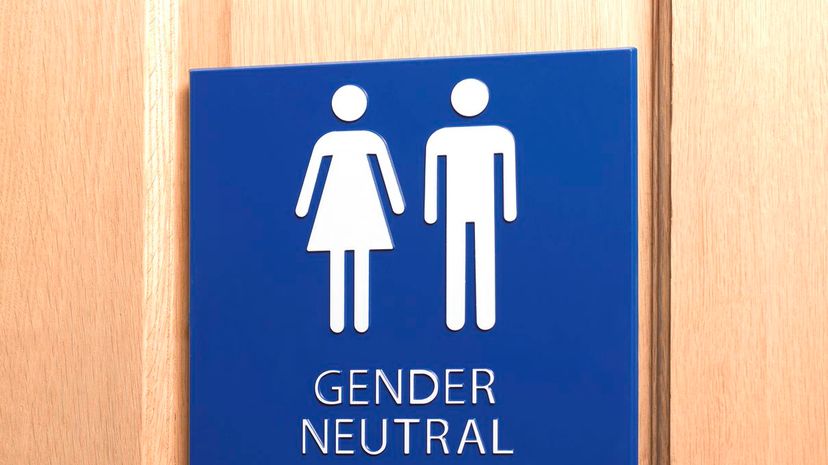
The line "In all thy sons command" was officially changed to the more gender-neutral "In all of us command" in 2018 thanks to the efforts of the late Liberal MP Mauril Bélanger. In June of 2016, the request was approved and given the title of Bill C-210 by a vote of 225 to 74 in the House of Commons.

According to the national anthem, Canadians have patriotic "glowing" hearts! Canada's national anthem didn't become official until June 18, 1980 — a full century after the original French version was written.

In this instance, the correct line is, "We see thee rise." Under the Canadian National Anthem Act of 1980, the melody and lyrics to "O Canada" are part of the public domain (although certain fragments of the melody can be copyrighted.)
Advertisement

The answer is "True North," of course! When the national anthem became official in 1980, the Canadian government released a limited edition four-LP boxed set, which included 12 different versions of "O Canada" as well as original works by all the songwriters and composers involved with the anthem.
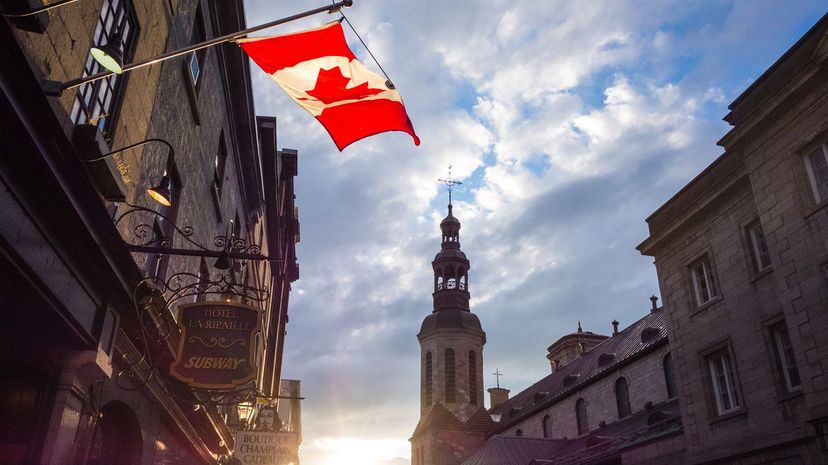
The lyrics "From far and wide" are correct! Before the official recognition of "O Canada" as the national anthem, the song "God Save the Queen" was Canada's anthem. "God Save the Queen" is now considered the Royal Anthem of Canada.

"We stand on guard for thee" is the final line in Canada's English language version of the national anthem. In search of a national anthem in the year 1908, a magazine held a lyric-writing contest, and although there was a winner, the lyrics never took off.
Advertisement
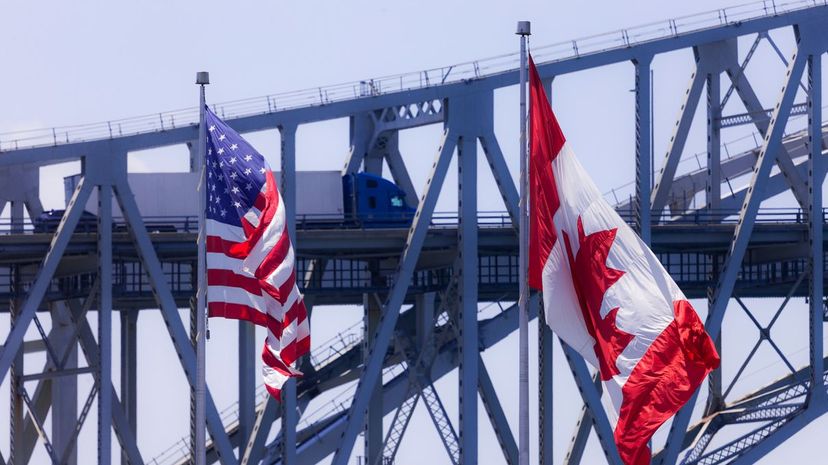
At just under 9,000 kilometres, the Canada/US border — formally known as the International Boundary — is the world's longest border between two countries (the distance includes almost 2,500 kilometres between Canada and Alaska.)

The game of lacrosse can be traced back to the 10th century when Indigenous people first played a version of the sport. In 1877 the rules of lacrosse as we know them today were first published in the Montreal Gazette.
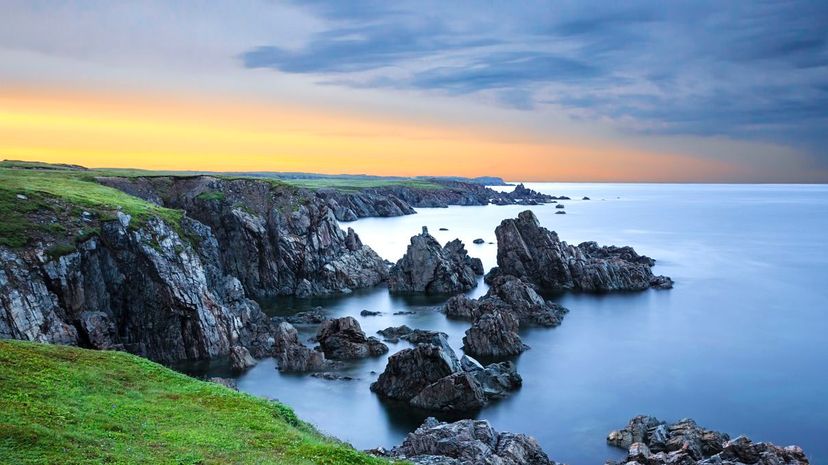
The province of Newfoundland and Labrador didn't officially become a part of Canada until 1949 (despite the fact that the eastern-most part of Canada was the first to be explored by settlers.
Advertisement
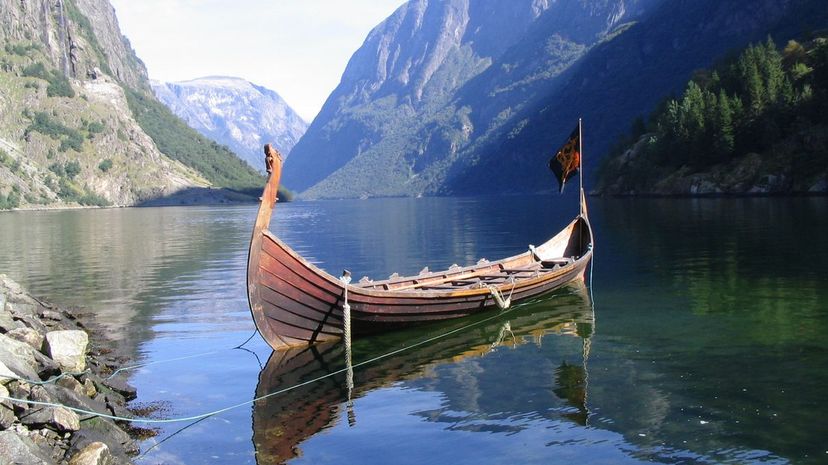
It is hypothesised that the first settlers in what is today known is Canada were Vikings. Archaeological findings suggest Viking exploration dates all the way back to the year 1000 CE.
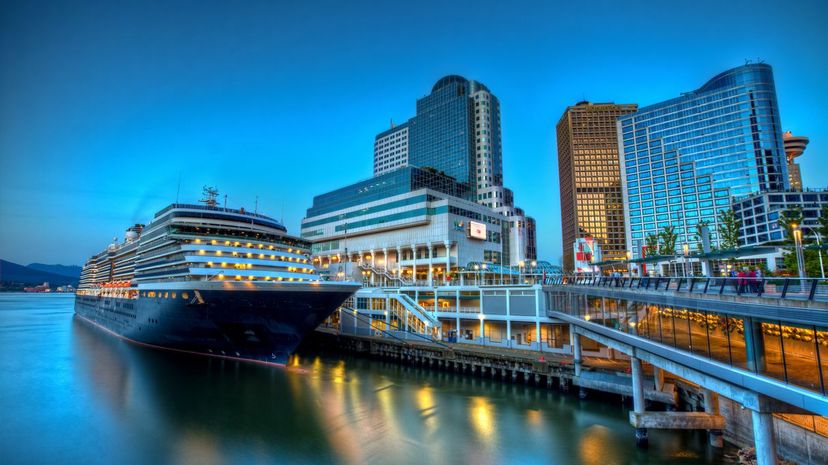
"A Mari usque ad Mare" translates to "From Sea to Sea," and it Canada's official motto. First used during the Confederation, the motto turned literal once the country acquired enough land actually to reach from the Atlantic Ocean to the Pacific Ocean.
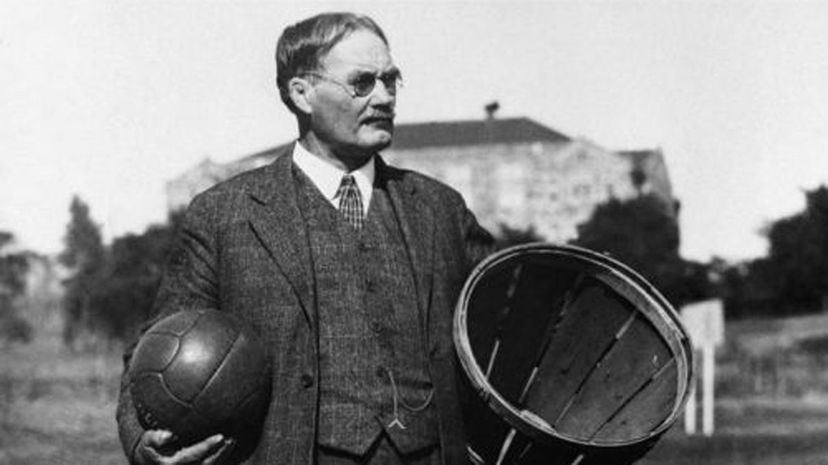
In 1891 Canadian James Naismith came up with the idea for basketball while trying to think of a way for his pupils to burn off energy during the long cold winters in Massachusetts at a YMCA Training School.
Advertisement
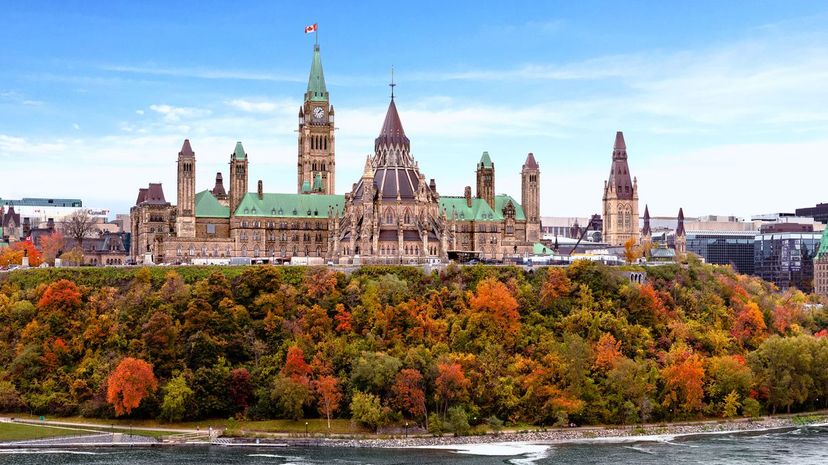
The city of Ottawa, Ontario, is the capital of Canada. Before 1857 and before the development and eventual building of the Canadian parliament buildings and Parliament Hill, the capital of Canada was Quebec City, then Toronto, and then Quebec City for a second time.

The two official languages in Canada are English and French, although only 20% of Canadians consider French their first language. Learning French is mandatory in the Canadian public school system, and being bilingual is a highly desirable skill for those working in both the public and private sectors.
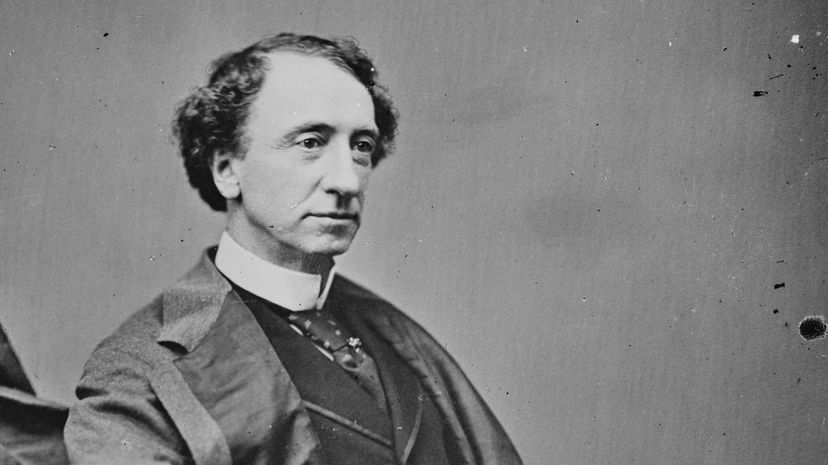
Sir John A. Macdonald became Canada's first prime minister on May 24, 1867. His position and government mimicked the British government — he was commissioned by Charles Monck, 4th Viscount Monck, and the first Governor-General under the new Canadian Confederation.
Advertisement
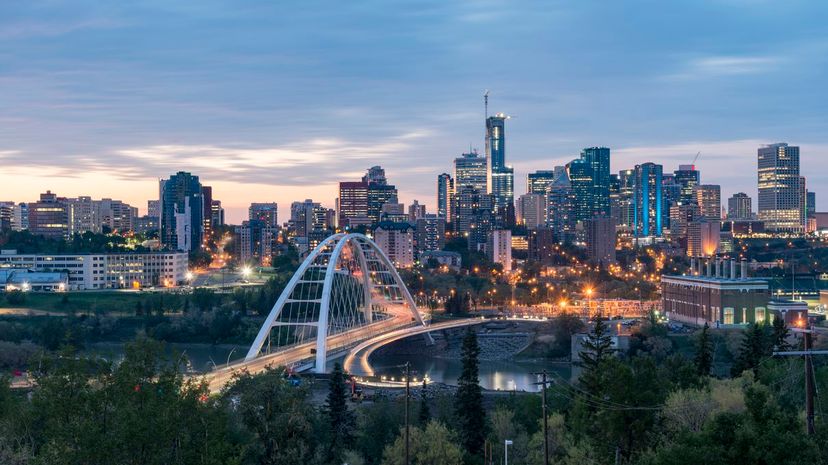
Until fairly recently, Alberta's West Edmonton Mall was the largest in the entire world. Although the mall has fallen down the ranks in turns of size, it's still home to the world's largest indoor amusement park.
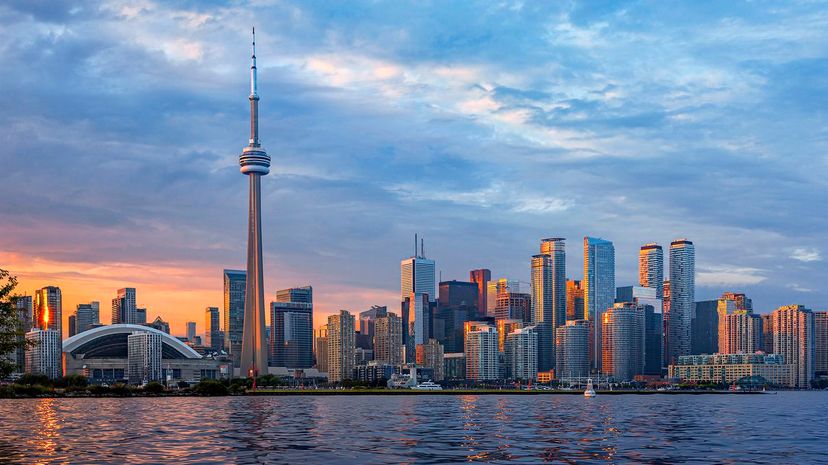
Located in Toronto, Ontario, and standing at whopping 553.3 metres, the CN Tower remained the world's tallest freestanding structure until 2007, when the Burj Khalifa in Dubai eclipsed it.
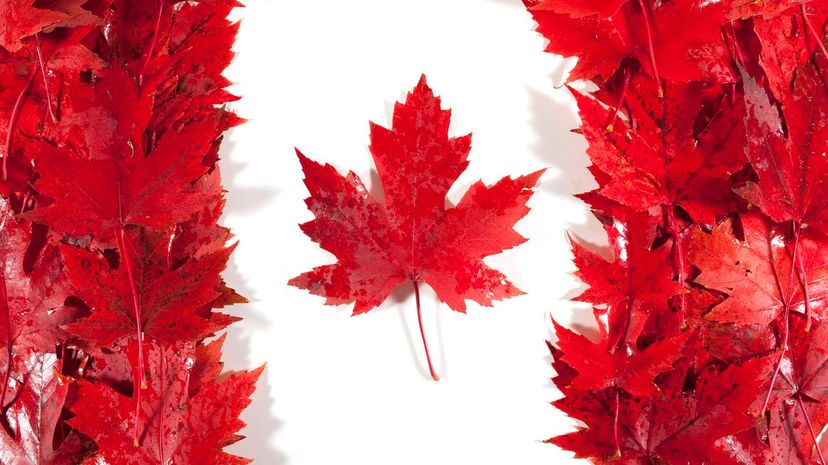
Designed in 1964, the Maple Leaf Tartan was created by David Weiser, who was inspired by the four seasons: green for summer leaves, gold for early autumn, red for the first frost and brown for the dried leaves that can be found before winter arrives.
Advertisement
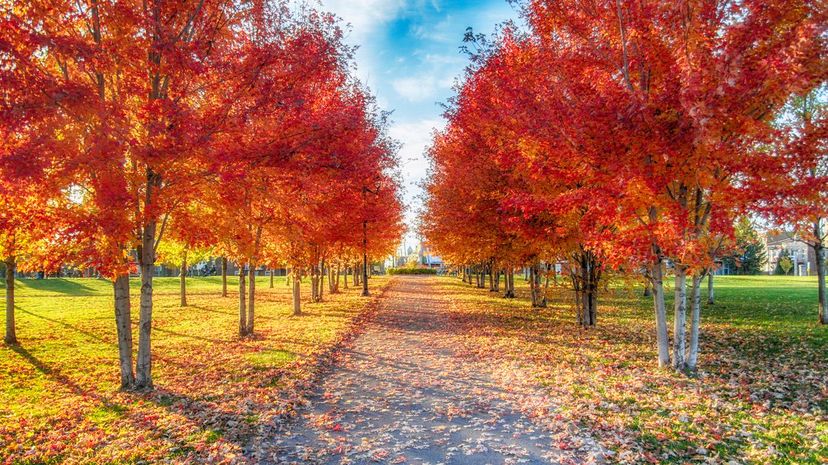
Despite the presence of a maple leaf on the Canadian flag, the maple tree didn't become the official arboreal emblem of Canada until 1996. The emblem is that of a generic maple species, and Canada is home to 10 different kinds of maple trees, with every province growing at least one variety.

The Canadian flag as it's known today was first adopted by parliament in 1965 after a lengthy period of debate and design adjudication (the search started in 1925, and in 1946 a committee began looking through over 2,500 designs — only to settle on a completely different design almost two decades later.)
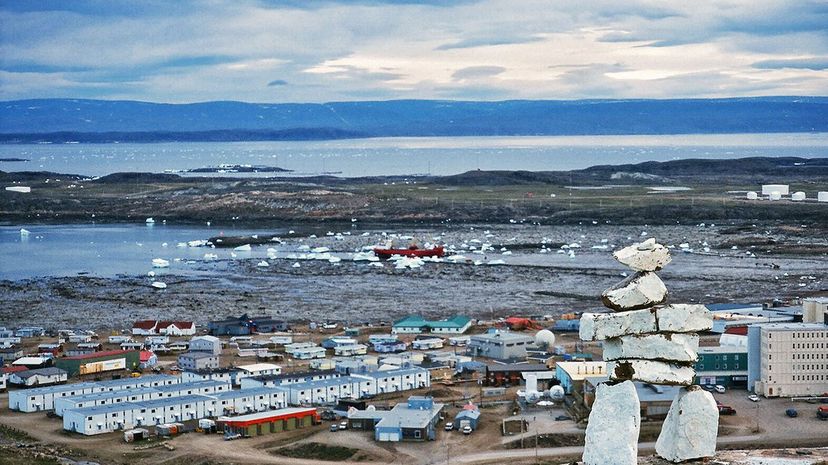
With a surface area over twice as large as Great Britain, Baffin Island is the largest island in Canada and the fifth-largest island in the world. Baffin Island covers an impressive area of 507,451 square kilometres.
Advertisement
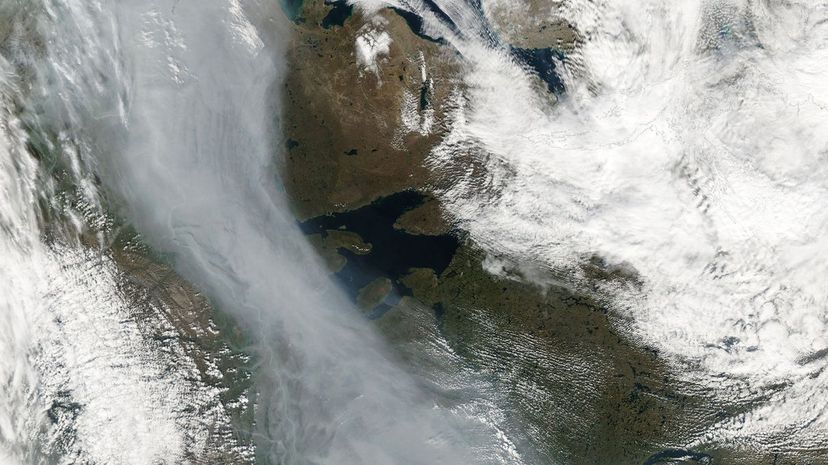
With an area of 31,153 square kilometres, Great Bear Lake is the largest lake in Canada to be surrounded by Canadian land. While Lake Superior and Lake Huron are larger, they have shores in both Canada and the United States.
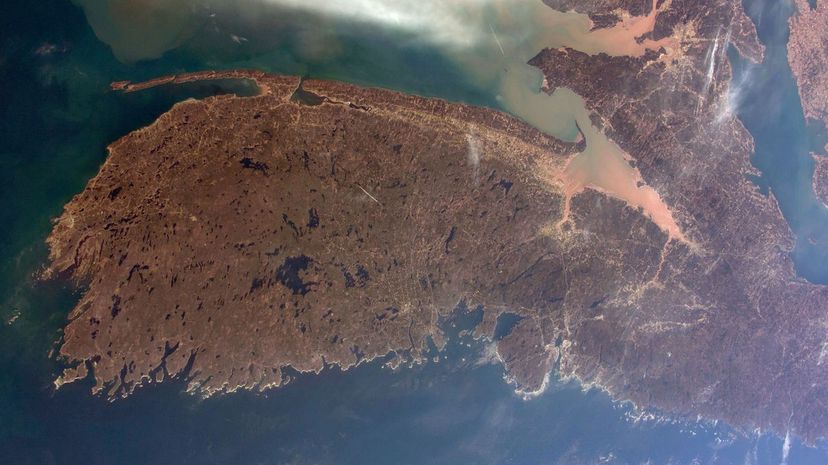
Nestled between the provinces of Nova Scotia and New Brunswick, the Bay of Fundy has the highest tides in the world. Tidal resonance results in powerful waves that can reach heights of over 13 metres.
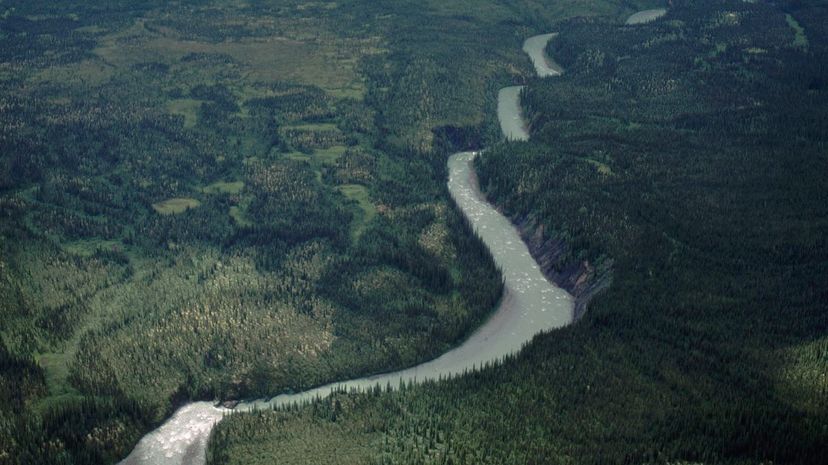
Flowing entirely through the Northwest Territories, the Mackenzie River is the longest in all of Canada. Spanning 4,241 kilometres, the Mackenzie River's tributaries are found in the provinces of Alberta, Saskatchewan and British Columbia.
Advertisement
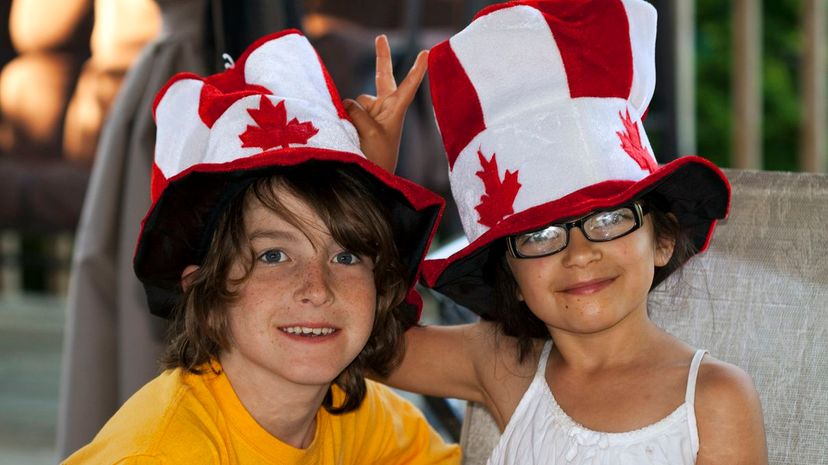
Every year, Canada Day, or Fête du Canada, if you're observing in a French-speaking part of the country, is celebrated on July 1st — the anniversary of the day the Constitution Act was effectively put into practice in 1867.
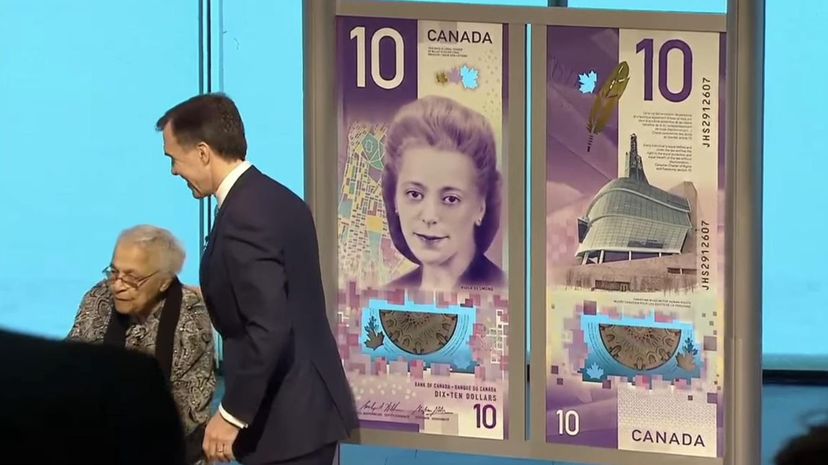
In 2018 the Royal Canadian Mint issued a new vertical $10 banknote featuring the image of Viola Desmond, a black businesswoman from Nova Scotia who was forced out a "whites-only" section of a movie theatre in 1946. Now a symbol for racial equality and civil rights, Desmond successfully pursued legal action against the court in which she was tried.
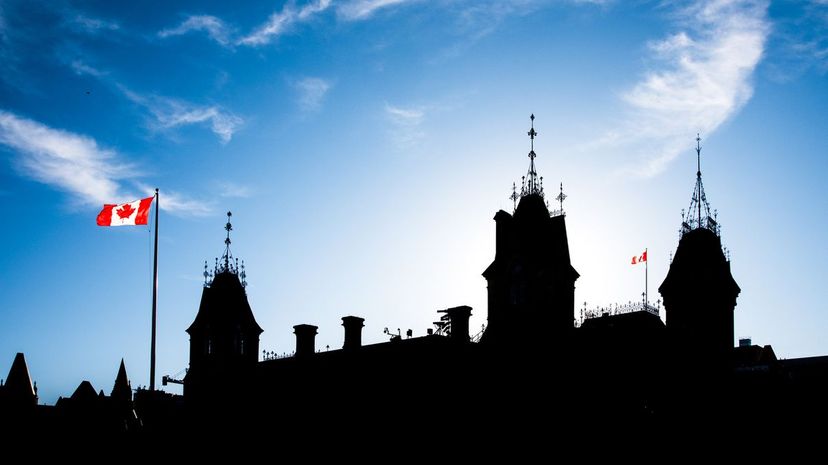
The Prime Minister of Canada is the official head of the government and is in charge of the prime minister's office. When referring to the prime minister in formal settings, the prefix attached to their name is "The Right Honourable."
Advertisement
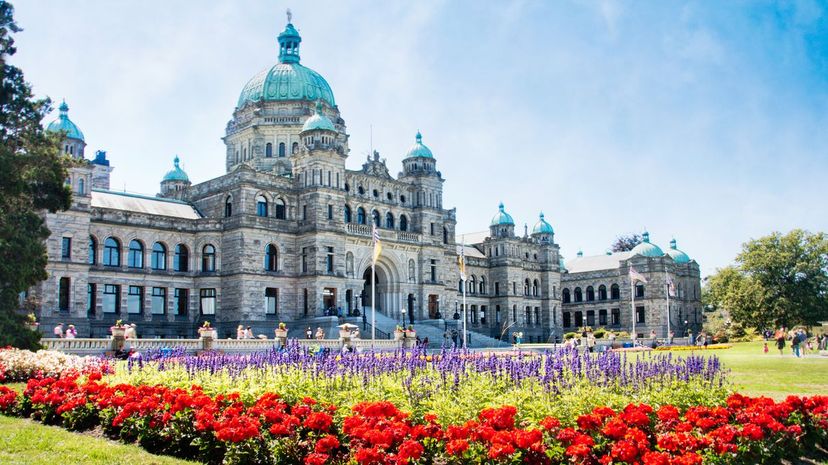
The smallest level of government in Canada is called a municipal government. Municipal government members are locally-based and can include mayors, public commissioners, transit authorities and police commissioners.
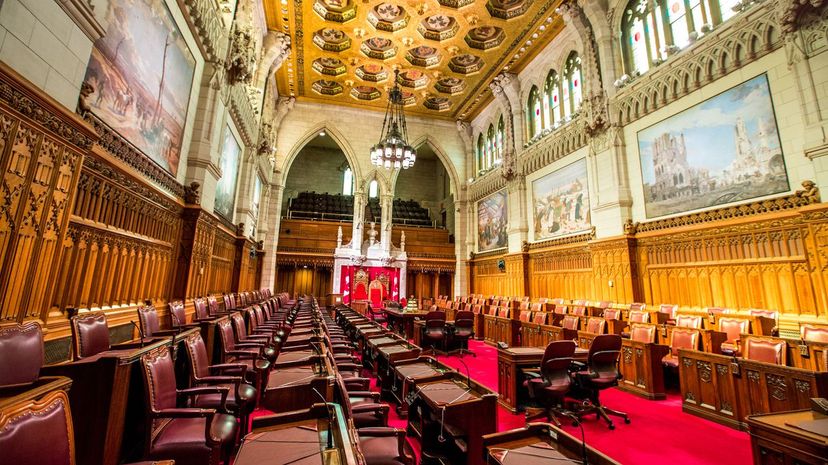
The Sovereign (currently Queen Elizabeth II), the Senate and the House of Commons make up the three levels of parliamentary government in Canada. There are 105 Senators in Canada, each chosen by the Prime Minister.

Poutine first emerged during the 1950s in the province of Quebec and has been a favourite of both Canadians and non-Canadians alike since the beginning. Made from french fries, squeaky cheese curds and brown gravy, poutine is always a treat (especially after cross-country skiing or tobogganing.)
Advertisement
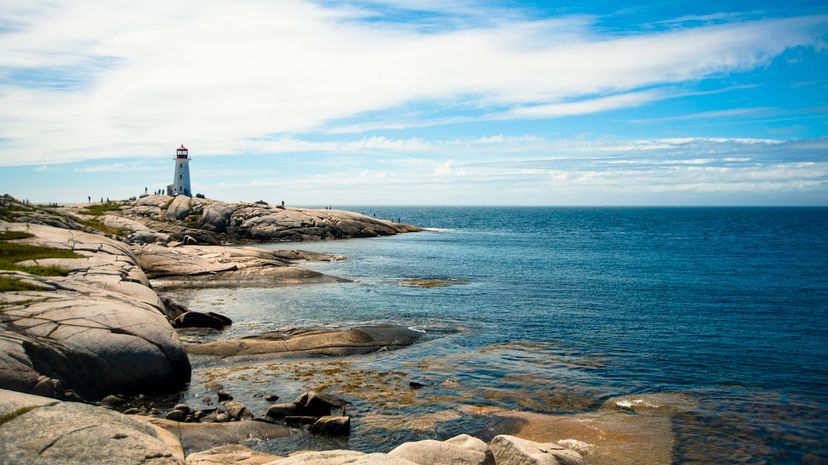
Talk about beachfront property! Canada's incredible coastline clocks in at 243,042 kilometres long, meeting three different oceans: the Atlantic Ocean, the Arctic Ocean and the Pacific Ocean.
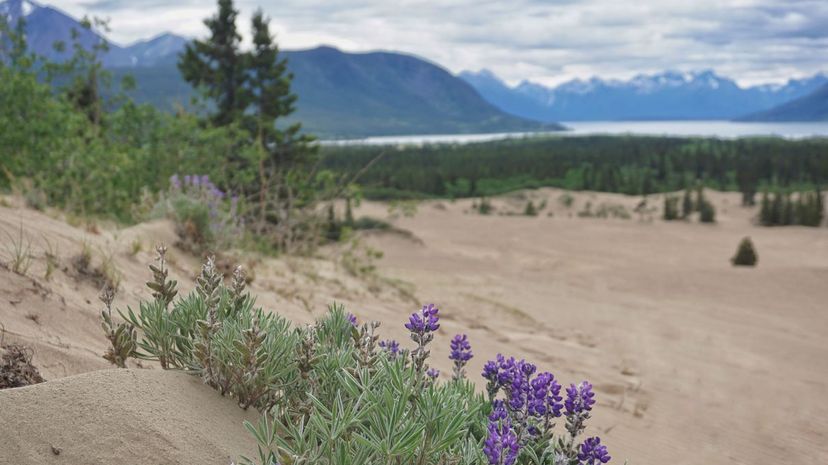
You'll want to plan a trip to Carcross, Yukon, if you want to see the world's smallest desert — Carcross Desert. The desert measures 2.6 kilometres squared and is actually a tiny series of northern sand dunes.